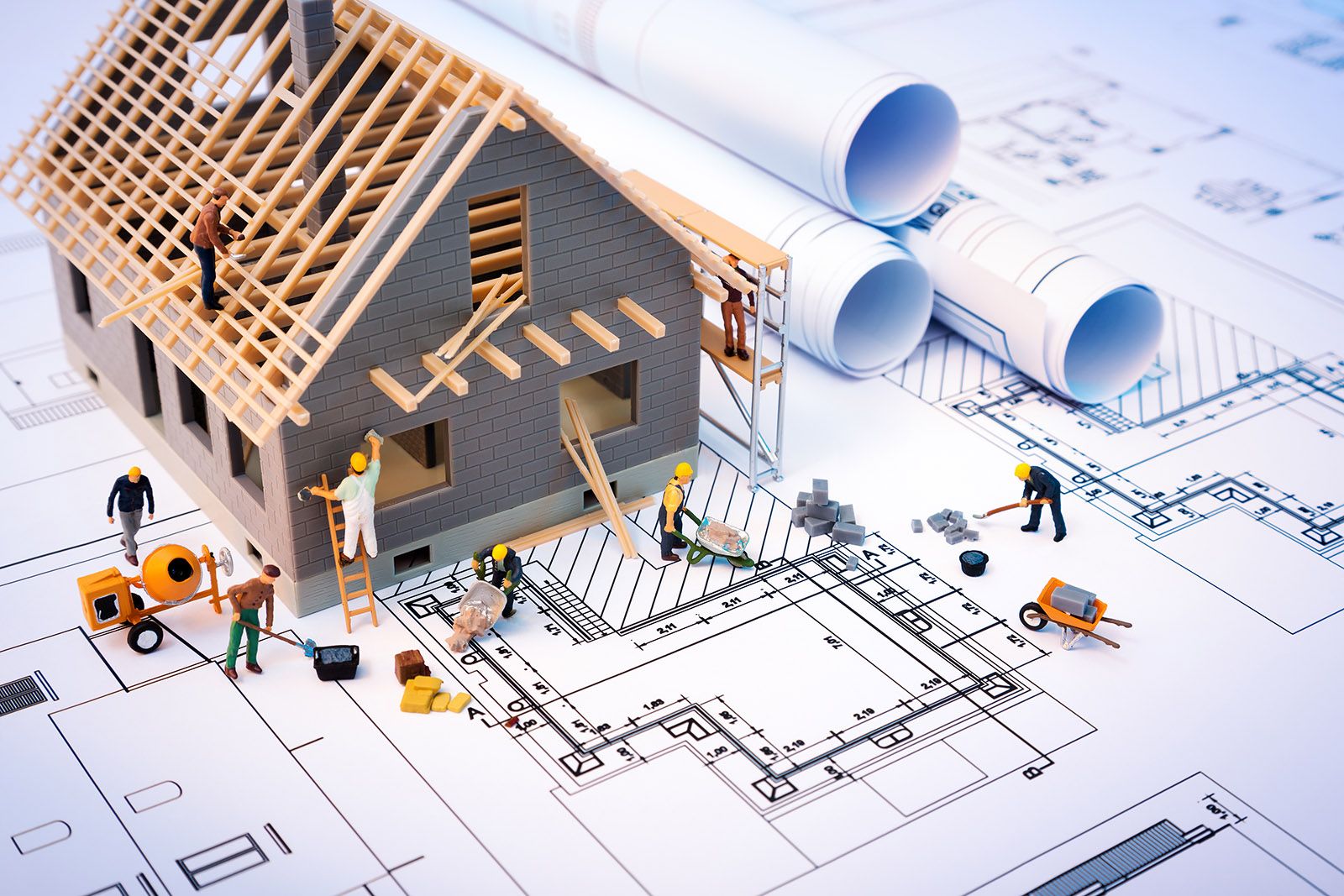Wood Parquet: Types, Prices & How to Choose
Wood Parquet: How to Choose the Right Type? Differences Between Solid/Engineered, Laminate & Wood-Look Porcelain
Why has wood parquet become the go-to flooring in modern homes?
It delivers visual warmth, underfoot comfort, and easy coordination with most styles from classic to modern. Wood parquet floors also help dampen noise and create a homely feel that “cold” floors can’t. With multiple options—solid/engineered, laminate, SPC/LVT, or wood-look ceramic/porcelain tile—you can achieve the timber aesthetic with different levels of durability, upkeep, and budget.
Designing a TV wall and want floor–wall harmony? Browse ideas for modern, simple TV wall décor and wood/gypsum TV wall designs to align finishes with your wood parquet.
What are the common wood parquet types—and which rooms suit each?
1) Natural wood parquet (Solid & Engineered)
- Look: authentic grain and tonal depth that ages beautifully.
- Best for: living rooms, bedrooms, corridors.
- Pros: can be sanded and refinished multiple times; higher resale value.
- Note: sensitive to moisture—avoid kitchens/baths unless the assembly is carefully protected.
2) Synthetic options (Laminate & SPC/LVT)
- Laminate: fiber core with a printed décor layer. Budget-friendly, scratch-resistant, with many tones (from light wood parquet to dark).
- SPC/LVT: rigid stone/plastic composite or luxury vinyl; water-resistant wood parquet ideal for utility areas.
3) Wood-look tile / wood-look porcelain
- Look: realistic wood grain printed on ceramic/porcelain.
- Best for: kitchens, bathrooms, laundry, covered balconies.
- Pros: excellent resistance to water, chemicals, and heat.
- Note: cooler underfoot—offset with rugs or underfloor heating.
Planning room dividers or space-saving doors? See Sliding doors: wood vs aluminum—what suits you? to match door finishes with plank direction and your wood parquet tone.
How do I choose between natural wood parquet and water-resistant wood parquet?
- Pick natural if you want authentic texture, the option to re-sand, and a longer service life—with regular care.
- Pick water-resistant (SPC/LVT or wood-look porcelain) when durability, moisture, and easy cleaning are priorities—perfect for kitchens, baths, and laundry rooms.
- Mix smartly: natural wood in dry zones, wood-look tile in wet areas, keeping a gentle color transition for visual continuity.
Which color is better: light or dark wood parquet?
- Light tones visually enlarge small rooms and hide fine dust/scratches; great for Nordic and modern schemes.
- Dark tones add luxury and make colorful furniture pop, but show dust more readily.
- Pro tip: test large samples under your room’s natural light—warm lighting can shift browns toward a cozier look than they appear in showrooms.
What’s the price per square meter of wood parquet? (Guide ranges)
Pricing varies by thickness, surface finish, country of origin, and installation method.
| Category | Typical specs | Approx. price band |
|---|---|---|
| Natural (Solid/Engineered) | 12–18 mm, oil/multi-coat lacquer | High |
| Laminate | 8–12 mm, AC3–AC5 scratch rating | Budget–Mid |
| SPC/LVT (water-resistant) | 4–6 mm rigid core | Mid |
| Wood-look porcelain | Porcelain tile, matte/semi-gloss | Mid–High |
For true comparison, request an all-in quote (material + underlay + installation + trims) with warranty. The system cost matters more than the sticker price per m².
How do I verify wood parquet quality before buying?
- Thickness & abrasion class: for laminate, aim for AC4/AC5 in busy homes.
- Click system: tight locking for easy install and future plank replacement.
- Underlay: reduces noise and levels minor subfloor variances.
- Field test: expose a sample to light moisture/cleaners for 24 hours to gauge real-world behavior.
- Warranty: longer surface/warping coverage = higher confidence.
What’s the right installation method?
- Floating installation: quick/clean; common for laminates and many SPC/LVT systems.
- Glue-down: preferred for engineered/solid wood to boost stability and reduce hollow sound.
- Direction: run planks along the room’s longest wall or towards the main light source.
- Expansion gaps: leave 8–10 mm around walls and cover with skirting.
Care tips to make wood parquet last longer
- Avoid soaking; mop with a lightly damp cloth and wood-safe cleaner.
- Use felt pads under furniture and mats at entries.
- Keep relative humidity ~40–60% to limit expansion/contraction.
- Dull finish? Re-sand/refinish natural wood; replace only the damaged planks in synthetics.
Using wood parquet to elevate TV walls and doors
- Continue selected planks vertically on the TV backdrop for a unified look—get inspired by modern TV wall décor ideas and wood/gypsum TV wall designs.
- For interior doors, match grains or choose a deliberate contrast; review sliding doors: wood vs aluminum for tight spaces.
Quick comparison: wood parquet vs wood-look porcelain tile
| Aspect | Wood parquet (natural/synthetic) | Wood-look porcelain |
|---|---|---|
| Underfoot feel | Warm & cushioned | Cooler |
| Water resistance | Moderate (high for SPC/LVT) | Very high |
| Maintenance | Gentle cleaning; natural can be refinished | Routine cleaning; no refinishing |
| Kitchens & baths | Choose water-resistant types only | Highly suitable |
| Lifespan | High with proper care | Very high |
Ready to proceed? Save time by gathering suppliers, installers, and price-per-m² comparisons for wood parquet through Aqar. Browse offers, request quotes, read user reviews, and schedule installation—all in one place. Start here: https://sa.aqar.fm, and explore hands-on décor articles on the Aqar Blog to fine-tune materials and details.
Common mistakes when choosing wood parquet (and how to avoid them)
- Picking color from a tiny sample under showroom lighting only.
- Skipping underlay—leads to more clicking/echo.
- Installing natural wood in wet zones without proper layers.
- Matching door and floor tones 100% in small spaces—soft contrast often looks better.
- Focusing on the per-m² price and ignoring the full system cost (underlay, skirting, installation).
FAQs
What’s the best wood parquet floor for living rooms?
Engineered wood or laminate with AC4–AC5 gives a great durability–look balance. For purists, natural wood parquet is premium—with periodic care.
Is water-resistant wood parquet suitable for kitchens?
Yes—choose SPC/LVT or wood-look porcelain for high moisture resistance and easy cleaning.
How do I settle on the right price per m²?
Request an all-inclusive quote (material, installation, underlay, trims, warranty). Compare at least three offers and factor future maintenance.
Should I pick light or dark wood parquet?
Light enlarges spaces and hides micro-scratches; dark adds luxury and contrast. Test samples in your room’s lighting before buying.
Is there a difference between wood-look tile and wood-look ceramic?
Terms are used interchangeably; many products are porcelain. Check slip resistance and stain ratings before purchase.
Conclusion
Nailing your wood parquet choice starts with defining each room’s use, then balancing color, durability, budget, and installation method. For cohesive design, take cues from modern TV wall décor, wood/gypsum TV walls, and sliding doors: wood vs aluminum. When you’re ready to compare and buy with confidence, head to https://sa.aqar.fm and keep learning on https://sa.aqar.fm/blog/.









